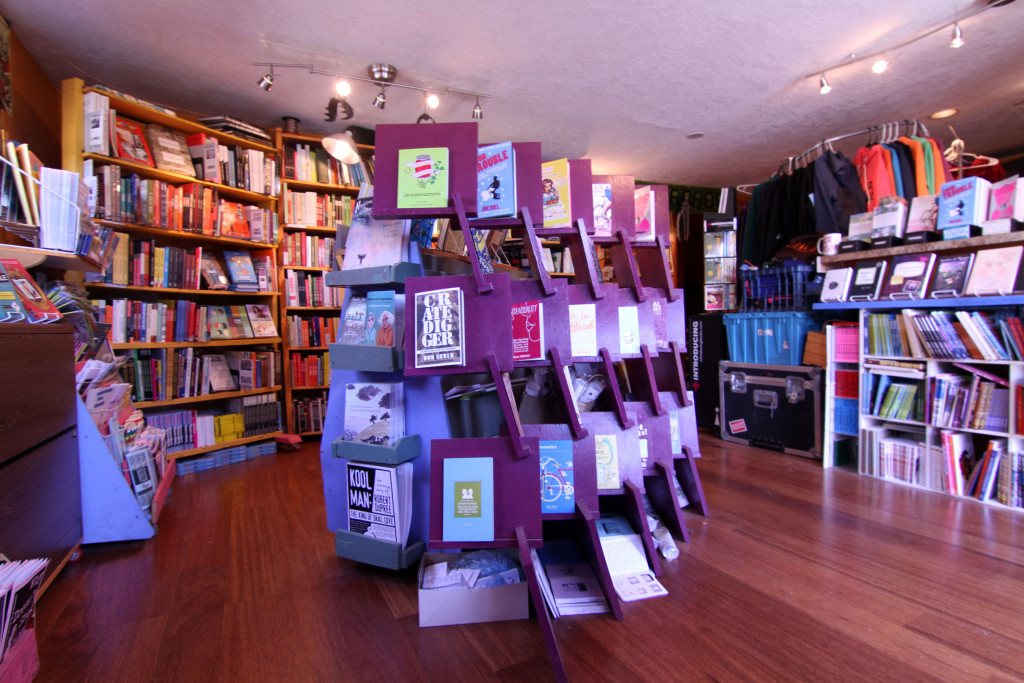Daily Cosmonaut #13: How We Decide What To Publish
 About six years ago, after much confusion and disagreement about how to decide what Microcosm should publish, I created a set of guidelines for institutional memory in our staff manual.
About six years ago, after much confusion and disagreement about how to decide what Microcosm should publish, I created a set of guidelines for institutional memory in our staff manual.
1) How does this title teach self-empowerment? Does it fit Microcosm’s mission?
2) Will this title consistently exceed minimum sales benchmarks over more than five years? (1,000 copies in first year, halving for each consecutive year)
3) How is this title notably different from existing work on the same shelf?
4) Do we expect this title to turn a profit for Microcosm?
5) Is this work of particular merit? Why?
6) Is there an identifiable and reachable audience of at least 5,000 people who will buy at least 3,000 books?
7) Does this book challenge popular narratives about the subject?
8) Will the author be cooperative and hardworking towards mutual goals?
9) Have the competitive titles sold at least 3,000 copies in Bookscan?
10) Does the market allow U.S. based printing and production costs at competitive pricing to the comps?
A book needs to meet at least seven out of ten of these criteria.
We had published some books that were incredibly successful and others that were great but undiscovered or poorly received. Sometimes we simply were not the right publisher for a given book or couldn’t properly find its audience. But we didn’t always have the same motives. Not every book is designed to make money and the above criteria help to point that out. A book could actually be a financial loss but an important voice in the conversation among its peers and pass a sufficient number of criteria for us to publish it. Similarly, a book might be truly fascinating to a small number of people but not quite right for us or have a big enough audience to make sense. Sometimes a book has such a hyperlocal appeal that the author can’t understand that the entire world isn’t hung up on the same trends or that they’ve grown cold.
My younger self often feared that the market-based and political interests of a book were in conflict. But most of the time we’ve found that the books that we are excited about are also the books that our enthusiasm can visibly propel a book to sell well and become even politically important in the broader conversation on the shelf. And that might have been the most fascinating lesson that I’ve learned in twenty years of publishing.